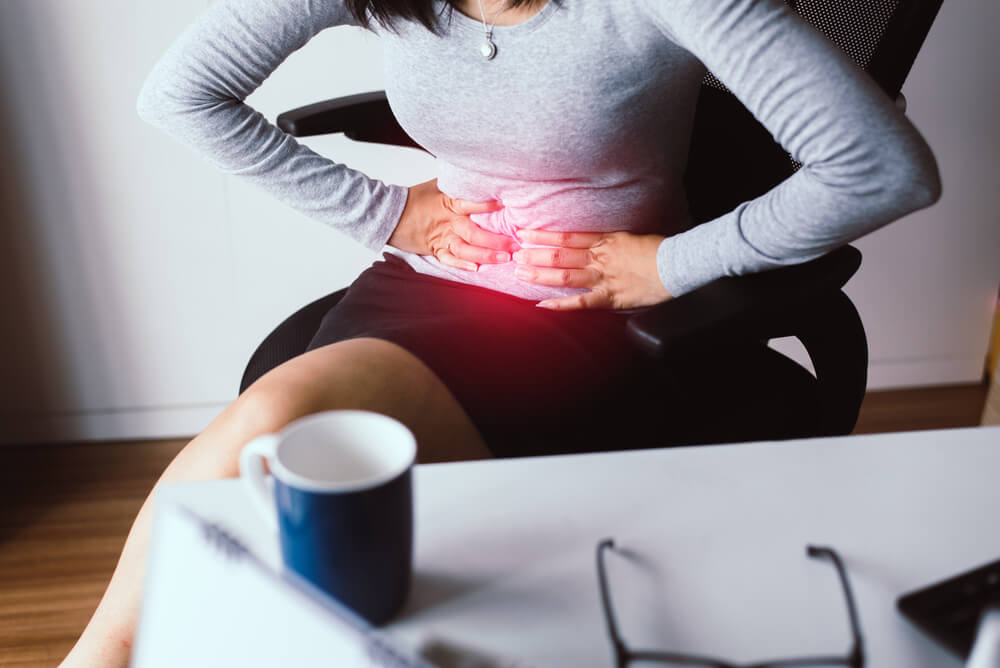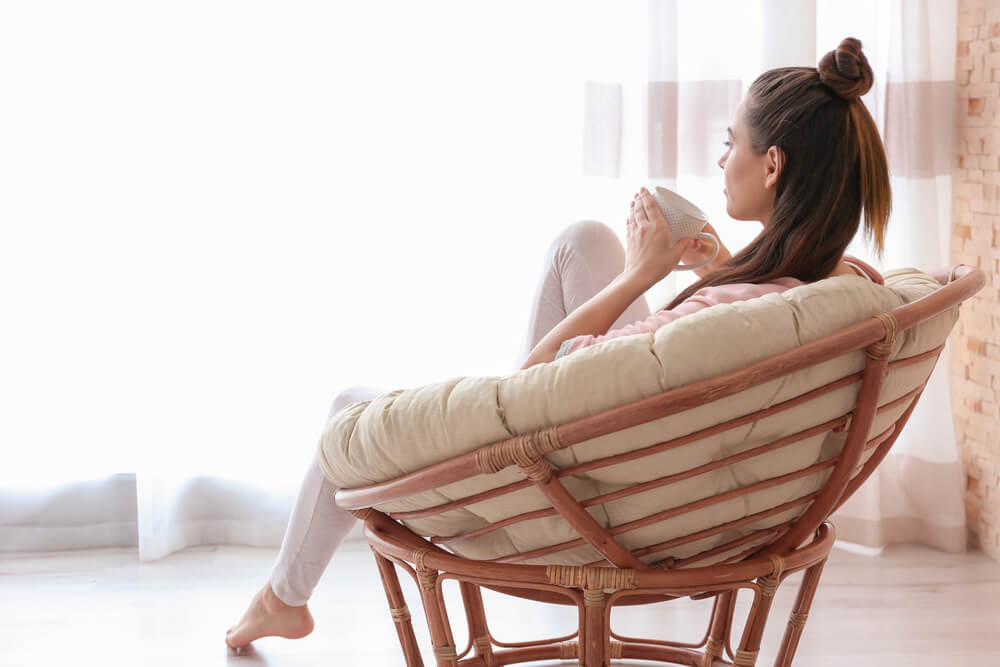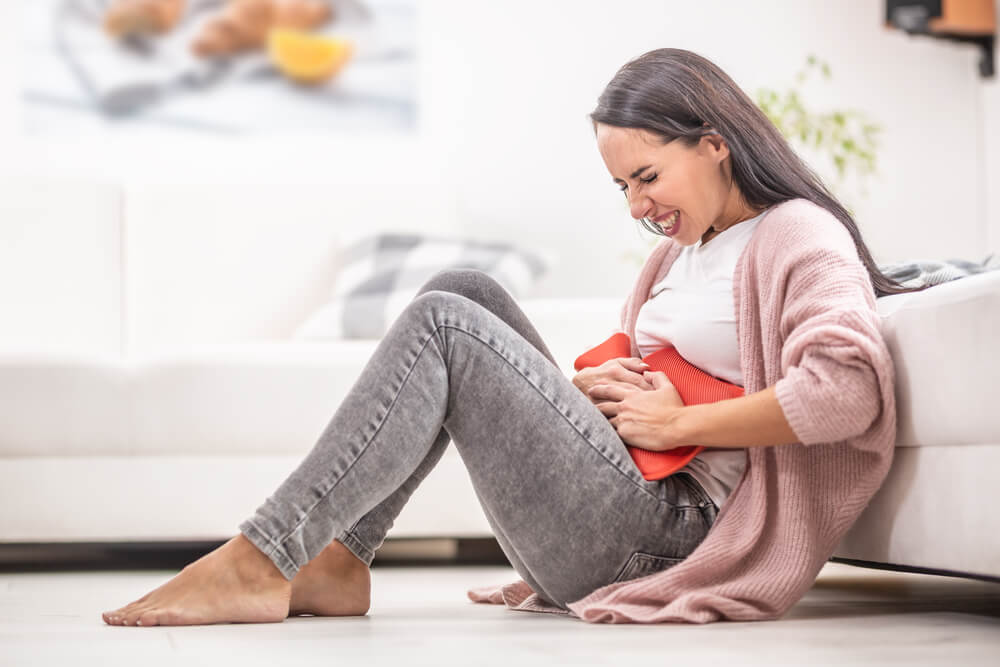Most women experience some type of discomfort during “that time of the month.” Pains and issues caused by the monthly period have been researched immensely, and particular remedies and solutions have been offered to women, some more and some less valuable and helpful.
In today’s blog post, you can read about the causes of menstrual cramps, period pain relief methods, and some home remedies for cramps. If you need additional information, consultations, and advice, make sure you visit Doral Beach Gynecology and get expert support and help.
Menstrual cramps are one of the most prevalent factors when it comes to the feeling of pain during your period. They are caused by the contractions in the uterus when it is in the process of shedding its lining. The pain can be located in different places, from your stomach and lower back to the thighs and intimate parts. The pain occurring during your period is characterized by a condition and it is called dysmenorrhea. Below we are bringing recommendations to battle this condition.
Causes of Dysmenorrhea

Reasons for period pain vary, and they depend on many factors. Some women do not experience any discomfort, while others suffer from severe symptoms of dysmenorrhea, such as cramps, pain in the lower abdomen, nausea, diarrhea, fatigue, exhaustion, lower back pain, etc. What causes these issues? Here is the list of potential answers:
- Premenstrual syndrome, i.e., PMS, is a condition that affects more than 90% of women. It begins some days before the actual period and lasts until the first two days of the cycle. Experts state that the cause of PMS is the dip in hormone levels, which causes symptoms such as exhaustion, cramping, nervousness, acne, etc.
- Premenstrual dysphoric disorder is a form of premenstrual syndrome that is more severe and affects more than 5% of women who are menstruating. Researchers and experts did not finally resolve why PMDD occurs, but persons with a history of depression or distress are more prone to experiencing it. Symptoms are similar to PMS, but their intensity is higher, especially irritability and pain.
- Ovarian cysts are also one of the reasons for painful periods. Although the cysts are mostly harmless, when they reach a certain size and number of units, they can cause pain. It is essential to consult your chosen medical expert about potential surgery and removal of the cysts.
- Fibroids or more commonly called uterine fibroids are growths that appear on the uterus lining and can cause severe pains and cramping during the uterus lining shedding period. They can be small or large, and doctors cannot determine who will experience the development of fibroids. Still, factors such as family history, age, weight issues, and the like can be good indicators.
- Endometriosis is a condition that can also indicate that your period pains and cramps will be pretty severe. Endometrium or the uterus lining tissue starts growing outside the uterus, mainly on the fallopian tubes and ovaries. When the body sheds uterine tissue, the endometrium does not have anywhere to go, and this causes painful periods, cramps, heavy flow, inflammation, and irritability.
- Pelvic inflammatory disease occurs when both the ovaries and the womb develop an infection. This infection usually comes from STIs (sexually transmitted infections), when the bacteria travel to the organs for reproduction. Additionally, this infection can occur after a surgical procedure and can cause period pains.
- Adenomyosis is a condition that is known to affect the pains you experience during your period. It is characterized by the fact that the endometrium grows in the uterine wall muscles. It causes severe cramps, but there are methods to manage the condition, although its causes are still unknown.
Period Pain Relief Methods

Menstrual cramps and issues women face every month during their period is a topic that has been discussed in many ways. For some women, these pains are unbearable and almost always need to be treated with heavy medicines, sometimes even with a visit to the ER.
Below find the 11 best ways to reduce menstrual cramps and painful periods:
- Stay hydrated: To reduce discomfort and menstrual cramps, it is essential to reduce bloating. Experts advise you to drink more water during your period because, for example, hot water increases blood flow in the body and acts as a muscle relaxer. By relaxing your muscles, cramps might decrease as well.
- Herbal teas: Many herbal teas are known for their anti-inflammatory and antispasmodic features and they can reduce the spasms in the muscles of the uterus which are responsible for cramping. Some of the recommended teas are fennel, ginger, or chamomile tea. These types of teas also alleviate stress and irritability and calm the nervous system down.
- Healthy diet: Many foods have anti-inflammatory properties, meaning that they can influence the reduction of cramps. They help with the blood flow and relaxation of muscles in the uterus. These food groups include berries, spices, leafy green vegetables, nuts, fish, tomatoes, etc.
- Avoid sugars and caffeine: Delicious fast food is not an option for you during painful periods. Trans fats, sugars, and high salt dosages cause inflammation and worsen cramping. Instead, have some fruit and nuts. Also, use decaffeinated coffee to stop the narrowing of blood vessels and constricting of the uterus. Try eating high-protein snacks rather than coffee if you want to increase your energy.
- Supplementation: Some supplements can help with the pain, so it would be good to use them during the period cycle. The supplements include vitamins such as A, C, and D, omega-3 acids, minerals such as magnesium and calcium, etc.
- Medicines such as painkillers (ibuprofen), over-the-counter pills, and similar can significantly help. These medicines act fast and provide relief because they reduce the number of prostaglandins in the body.
- Hormonal birth control is a method that is often recommended by doctors if the reason for cramping is hormonal imbalance. Creating a balance in the levels of progesterone and estrogen makes the lining shedding more painless and can improve your period symptoms. It is essential to consult your chosen doctor before starting birth control.
- Some of the recommended home remedies for cramps are applying heat compresses to the lower stomach area, showering with hot water, or having a hot bath. Also, stress reduction is crucial because it will affect your mental and physical state regarding period pains. Try doing yoga, pilates, meditation, deep breathing, etc. Some people also recommend alternative practices such as acupuncture as well as acupressure.
- Massage for period cramps is also something that is recommended quite often. Massage therapy is said to reduce pains during periods for women who have endometriosis by reducing spasms in the womb and relaxing it. Massages also reduce stress, so it is worth a try.
- Physical activity is said to be one of the best ways to help menstrual cycle pains. Although it sounds impossible to be physically active while in pain, experts say that during exercise, endorphins are created in the body, which reduces pain and relaxes muscles. It does not matter if it is only a short walk, yoga, stretching, or something else. It is vital to move your body and help it overcome the pain.
Call Us!
Period pains are something that many women face every month. Whatever you choose to do to alleviate it, be it walking, massage for period cramps, hot baths, or something else, make sure you have consulted your chosen medical professional. You can find whatever type of support you need in our clinic, so call us and schedule a consultation!


